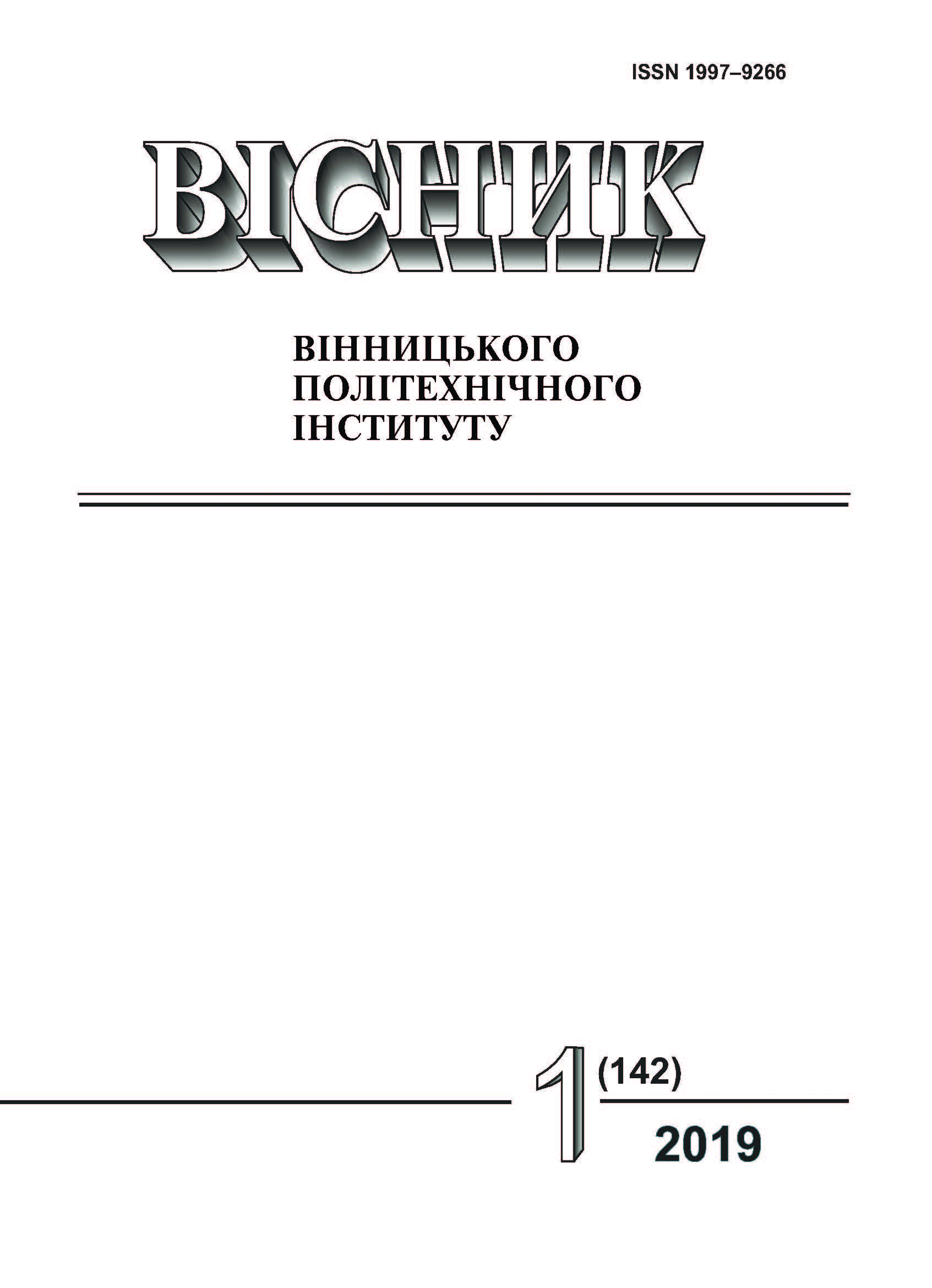ОПТИМІЗАЦІЯ ПЛИТНОГО ФУНДАМЕНТУ ВИСОТНОЇ БУДІВЛІ ЗА МЕТОДОМ ГРАНИЧНИХ ЕЛЕМЕНТІВ
DOI:
https://doi.org/10.31649/1997-9266-2019-142-1-13-17Keywords:
method of boundary elements, stress-deformed state, slab foundation, optimization, high buildingAbstract
The theme is devoted to the actual problem of foundation engineering and soil mechanics - elastic-plastic modeling of the joint operation of the "ground foundation — slab foundation" system in order to determine the bearing capacity of the foundation and the choice of its optimal thickness. The development of the construction industry is associated with the introduction in the building practice of new technologies of predictive calculation. Significant increase in the weight of modern structures, which is transferred to the basis, necessitates the development of non-linear methods for calculating drill piles, which in these conditions are the most effective types of foundation structures.
Construction of buildings is a labor-intensive process that requires well-balanced, well-calculated steps and solving complex mathematical problems. This is especially true for the installation of a part of the building, which perceives the load and transfers them to the foundation — the foundation. It is extremely important to provide stability and low occupancy of the structure, thus avoiding its possible uneven subsidence or destruction. To do this, ensure prediction and numerical implementation of calculations of structures. Therefore, the model of the equation of equilibrium of the foundation immersed in the soil medium, which satisfies the Laplace differential equation, is developed. The main calculation equation of the soil model is the integral equation obtained by K. Brebbia.
The attachment of numerical MGE to the solution of the nonlinear problem of geomechanics is substantiated by theoretical calculations, supported and illustrated by numerical calculations.
Nonlinear task of the process of deformation of bases is solved using step method of O. A. Iliushin The soil was modeled by theory of V. M. Nikolaievskyi and I. P. Boiko. Full deformations were determined, which consisted of increments of elastic and plastic deformations. The layout of the calculation matrix of the influence of the MGE was performed on the basis of the decisions of R. Mindlin.
The results of the forecast for the IHE are given on the plot of the "loading-settling" of the base plate. The fidelity of the choice of the settlement dilatation model is confirmed by the correspondence of numerical studies with experimental research.
References
Eurocode 7. Geotechnical design. Part 2. Design assisted by laboratory testing. European Committee for Standardization Brussals, 2000.
И. П. Бойко, Теоретические основы проектирования свайных фундаментов на упруго-пластическом основании. Москва, СРСР: Будівельник, 1985.
А. С. Моргун, І. М. Меть, та А. В. Ніцевич, Моделювання ефекту взаємодії системи «будівля-фундамент-основа» за числовим методом граничних елементів. Вінниця, Україна: ВНТУ, 2010.
Э. И. Григолюк, Ред., Методы граничных элементов. Москва, СРСР: Мир, 1987.
Downloads
-
PDF (Українська)
Downloads: 225
Published
How to Cite
Issue
Section
License
Authors who publish with this journal agree to the following terms:
- Authors retain copyright and grant the journal right of first publication.
- Authors are able to enter into separate, additional contractual arrangements for the non-exclusive distribution of the journal's published version of the work (e.g., post it to an institutional repository or publish it in a book), with an acknowledgment of its initial publication in this journal.
- Authors are permitted and encouraged to post their work online (e.g., in institutional repositories or on their website) prior to and during the submission process, as it can lead to productive exchanges, as well as earlier and greater citation of published work (See The Effect of Open Access).





